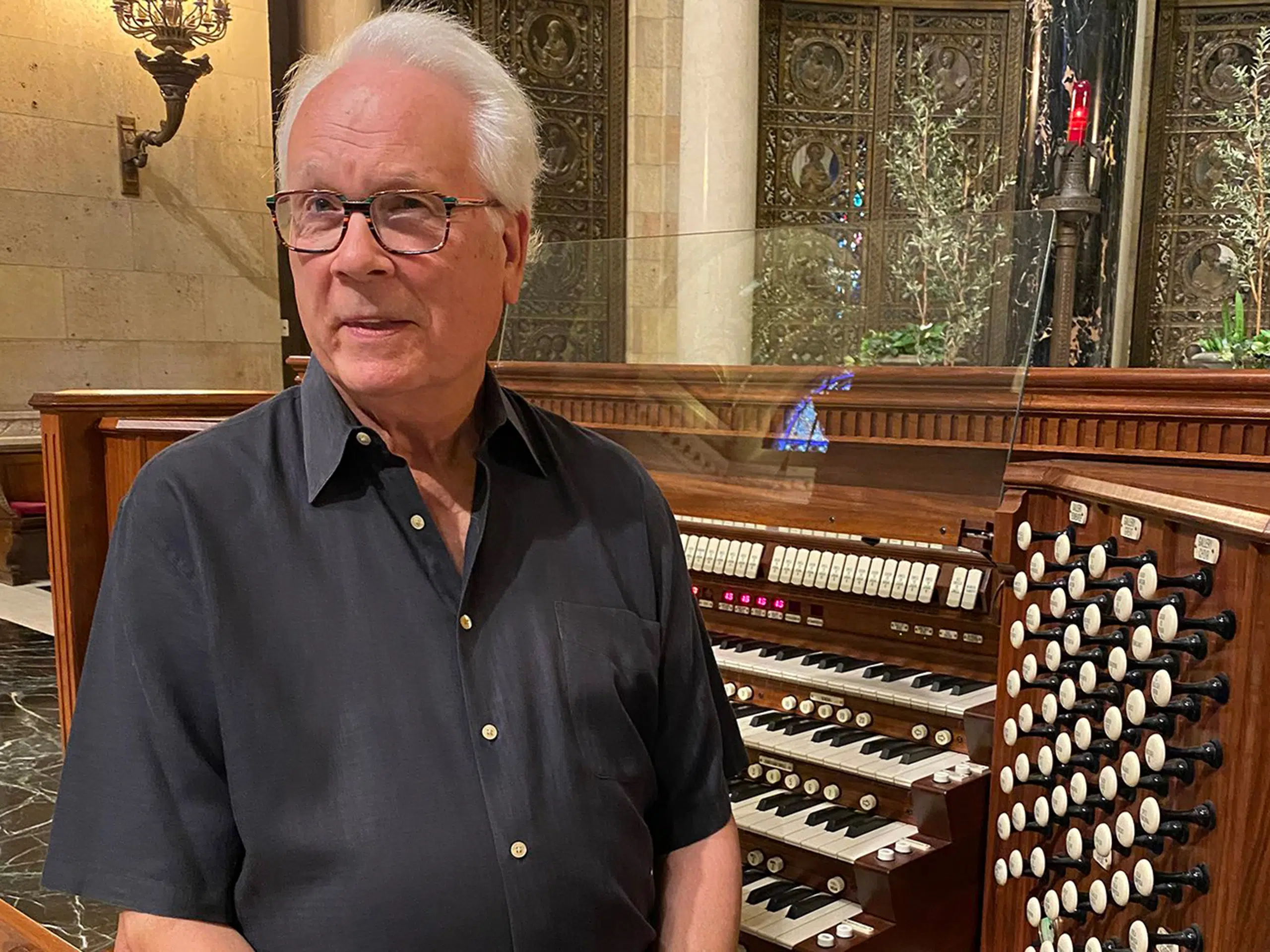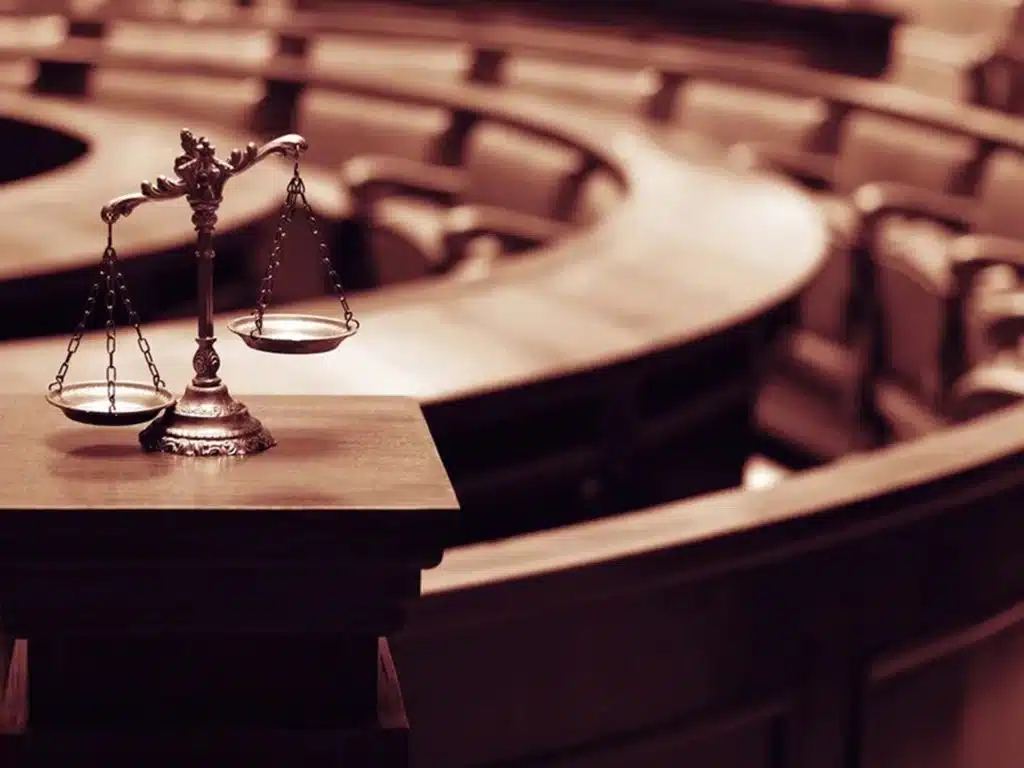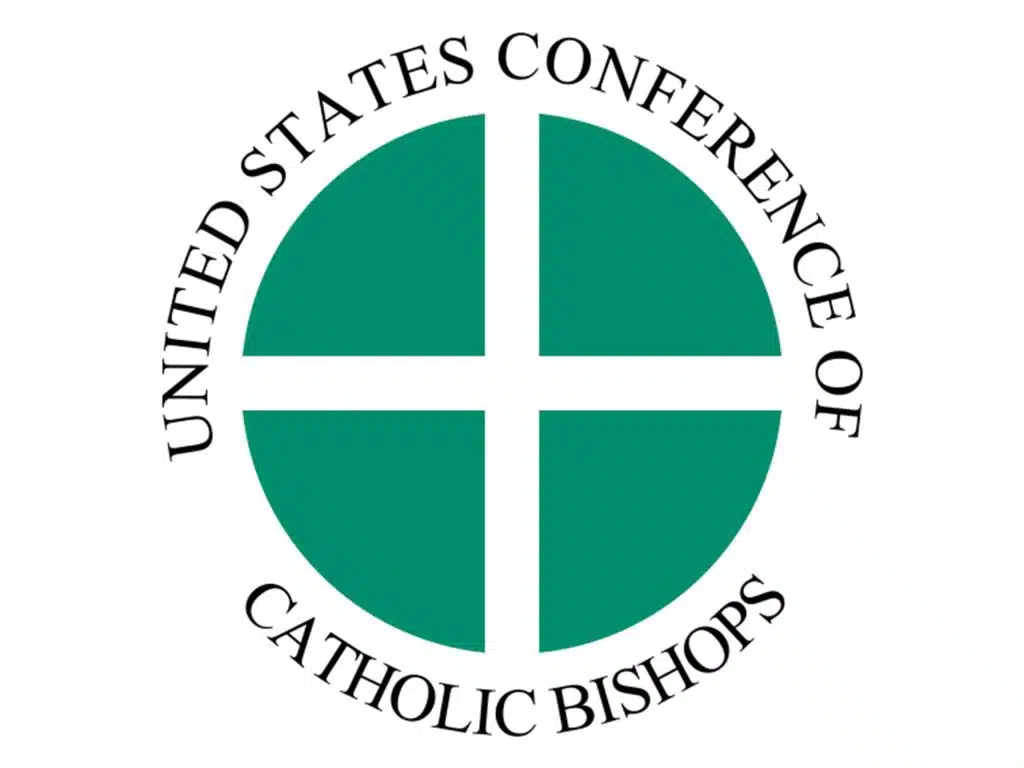ST. PAUL, Minn. — The Cathedral of St. Paul in St. Paul will host and make available on livestream a musical meditation on Stations of the Cross, “Le Chemin de la Croix,” April 8 at 7 p.m. (CDT).
The meditation, sponsored by the Cathedral Heritage Foundation, combines 14 poetic readings with powerful organ music featuring international concert organist Stephen Hamilton, with narration by Michael Barone, creator and host of “Pipedreams,” a radio music program devoted to the art and history of the pipe organ that is produced and distributed nationally by American Public Media.
The event will be livestreamed on the foundation’s Facebook page: facebook.com/cathedralheritagefoundation.
Hamilton, 74, who resides in the Twin Cities, has given more than 60 “Le Chemin de la Croix” concert performances throughout his career.
“Every time I play these works, it’s thrilling,” he said.
“We start out with Jesus condemned to death, and then we hear the cry of the crowd, fast and loud, in the accompaniment,” he said. “There’s the three falls — first, second and third — and then the poignant scene where Jesus is nailed to the cross when, through the music, you feel the impact of what it must have been like to have been hammered.”
“As Jesus dies on the cross, suddenly we have the earthquake in the organ pedals, when you can hear the storm, which then gives way to a very quiet section of the piece, providing us with a sense of hope,” Hamilton said.
Where it’s played matters, too, he noted.
“Surrounded by all the religious symbols at the Cathedral — the altar, the Stations of the Cross, plus the world-class organs — attendees will also have a visual impact while the poetry is read and music is played,” he said.
The music of “Le Chemin de la Croix,” which translates from French to “The Way of the Cross,” was composed in 1931 by Marcel Dupré.
“Dupré is revered among organists for his virtuosity, faith and the integrity of his music,” said Lawrence Lawyer, 62, director of sacred music and organist at the Cathedral of St. Paul.
According to Hamilton, Dupré was known for his improvisations. “He was asked to collaborate on Paul Claudel’s 14-part ‘Le Chemin de la Croix’ recitation; that initial successful concert in Brussels led to Dupré publishing the musical accompaniment,” he said.
Claudel, a French diplomat, poet and dramatist, was a devout Catholic. The verses of his “Le Chemin de la Croix” are deeply descriptive. For example, in the second station where Jesus receives the cross, he wrote: “How long, how ungainly, how massive weighs the cross! How hard, how stiff, how heavy the burden of a useless sinner!”
“The poetry can’t just be read; it has to be narrated and expressed,” Hamilton said. “Michael Barone has a wonderful voice for this, with great color and emotion in his vocal projection.”
Barone, 75, noted that the 14 reflections of the traditional Stations of the Cross paint a vivid, emotional and deeply human portrait of the events of Jesus’ trial, procession to Golgotha and crucifixion.
“The descriptions provide a deeply disturbing parable by which even a nonbeliever can be powerfully moved by the degree to which unwarranted suffering inflicted upon others tears at the fabric of our humanity,” Barone told The Catholic Spirit, archdiocesan newspaper of St. Paul and Minneapolis.
“We’ve very pleased that Michael Barone has agreed to be the narrator,” said Mary Schaffner, Cathedral Heritage Foundation board chairwoman. “He helped us with our largest project to date, the restoration of the cathedral organs, explaining to donors what needed to be done and why.”
The cathedral has two pipe organs: a 1927 Skinner, with pipework above the passage between the sacristy and sanctuary, and a 1963 Aeolian-Skinner in the gallery, with pipework framing the east rose window. According to the cathedral’s website, the two organs have a combined total of 71 ranks, 80 stops and 4,560 pipes.
“The historic pipe organs and vast acoustic of the cathedral are well-suited to sacred music, especially French organ music,” Lawyer said. “The number and colors of organ stops combine to create an authentic sound that mirrors those of the pipe organs in France.”
Musser writes for The Catholic Spirit, newspaper of the Archdiocese of St. Paul and Minneapolis.



